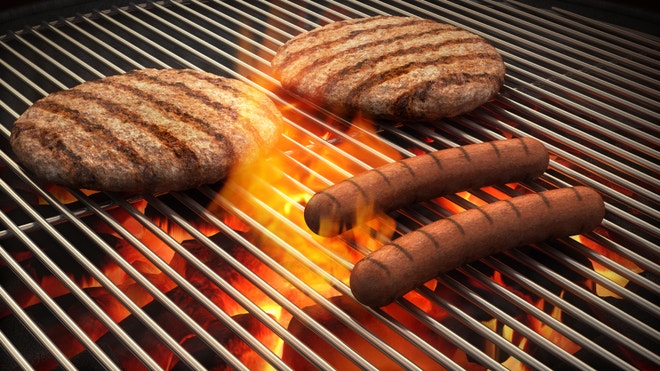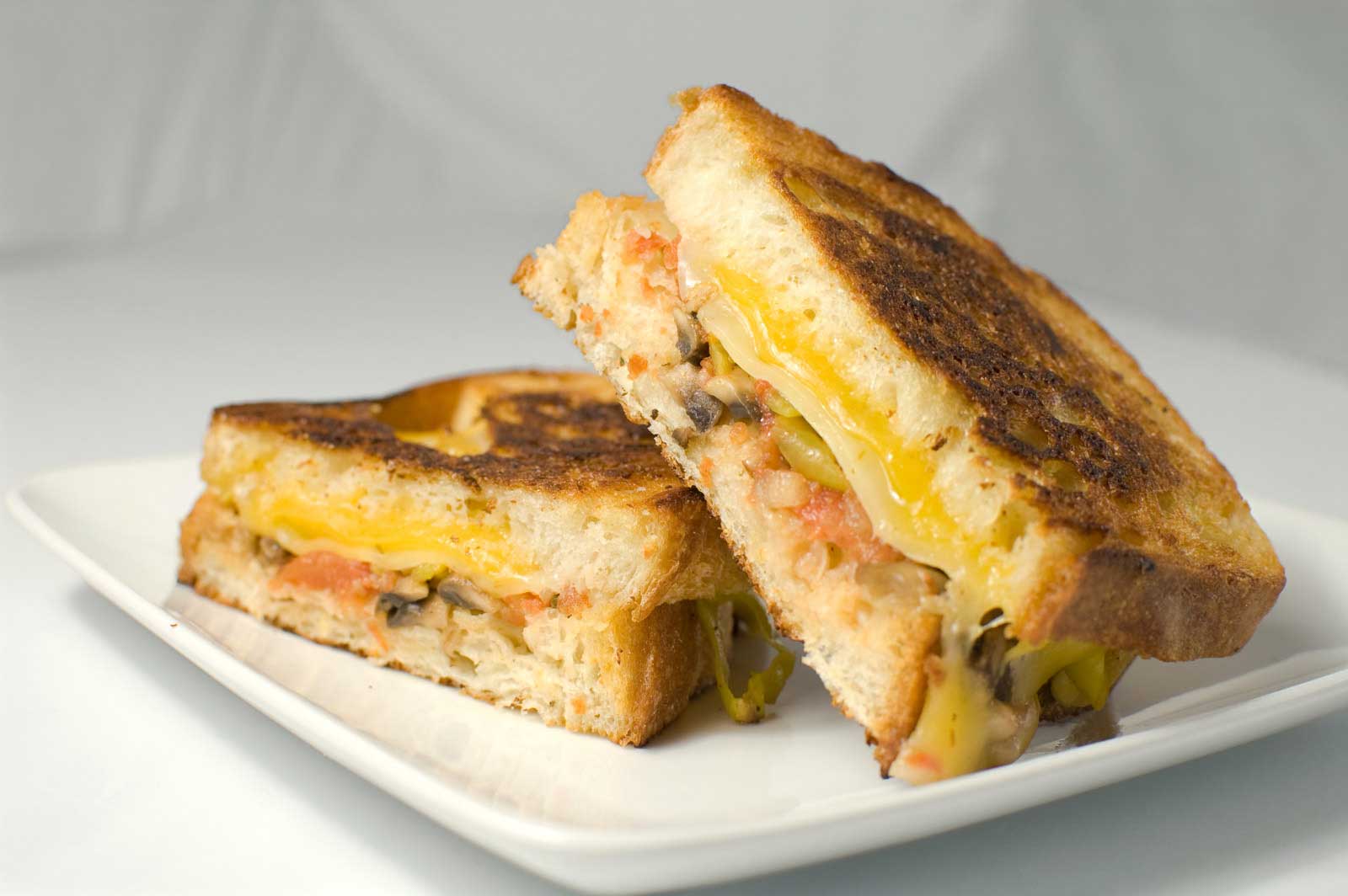النظافة الشخصية
1-يجب ان تغسل يديك دائما
-بعد
الخروج من الحمام
-بعد
استخدام الطعام النىء
-بعد
القاء القمامة
-
بعد لمس الوجة او الشعر
-
قبل بدء العمل
-
بعد تناول الطعام او بعد اوقات الراحة
2-
يجب تغطية اى جروح اوقطع فى الجلد
3-يجب
ارتداء ملابس نظيفة دائما
4-يجب
تغطية شعر الراس
5-
خلع اى حلى
6-
عدم الندخين فى غرف الطعام
7-عدم
السعال او العطس باالقرب من الطعام
8-
عدم الاكل اثناء التعامل مع الغذاء
9-
الحفاظ على نظافة الاظافر وقصرها
10-
استخدام الماء الساخن والصابون لغسل اليدين
*ضبط الحرارة
1-حفظ
الطعام البارد تحت 5 درجات مئوية
2-
حفظ الطعام المثلج تحت -18 درجة مئوية
3-
عدم ترك الطعام فى درجات الحرارة العادية
4-
طبخ الطعام حتى يصل جزئة الداخلى ل72 درجة مئوية على الاقل
5-
اعادة طبخ الطعام حتى يصل جزئة الداخلى ل82 درجة مئوية
6-
عرض الطعام الساخن فى بان ماريى او فى اطباق كبيرة ساخنة
7-
عرض الطعام الساخن فى درجات حرارة فوق 63 درجة مئوية
8-
عرض الطعام البارد على الثلج او على منضدة باردة
9-
عرض الطعام البارد تحت 5درجات مئوية
10-
حماية الطعام المعروض عن طريق تغطيتة او استخدام الحاجز الوقائى(سنيزى سكرين)
سامى السباعى












